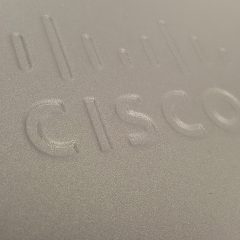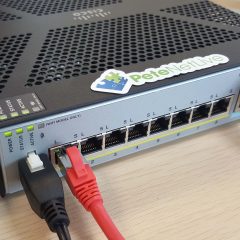PIX 506E and 501 Firewall Image and PDM Upgrade
KB ID 0000065 Problem Note: PIX 515E and above, can still be upgraded to version 8.0(4) click here for details Some people will wonder why I’m bothering to write this up, but the truth is, there are LOADS of older PIX firewalls out there in the wild, and all the PIX 501’s and 506E’s that are being retired from corporate use are being bought on ebay, or being put on IT departments test benches. This page deals with...
Cisco ASA 5500 – Install and Configure a CSC Module
KB ID 0000731 Problem The Cisco CSC module provides ‘in line’ scanning of POP3, SMTP, HTTP and FTP traffic, to protect against viruses but also for anti spam and anti phish (with the correct licensing). If you are familiar with Trend products, you will like it, (because that’s what it runs), and the interface is much the same as Trend IWSS. It is a hardware device that plugs into the back of the ASA, and comes in...
Cisco ASA 5500 – Adding Licenses
KB ID 0000531 Problem Each model in the Cisco ASA 5500 range comes with a range of licences and features, to add these features you can purchase them from a Cisco reseller. You will then need to apply the licence to the device. Solution 1. Your first step is to purchase the Licence you require from an authorised cisco reseller. 2. When your licence arrives you need to locate the PAK that is on the certificate. 3. You need the Serial...
Update Cisco ASA – Directly from Cisco (via ASDM)
KB ID 0000636 Problem Warning: Before upgrading/updating the ASA to version 8.3 (or Higher) Check to see if you have the correct amount of RAM in the firewall (“show version” command will tell you). This is VERYIMPORTANT if your ASA was shipped before February 2010. See the link below for more information. ASA – Memory Error (Post upgrade to version 8.3) Warning 2: Be aware, if you are upgrading to an OS of...


